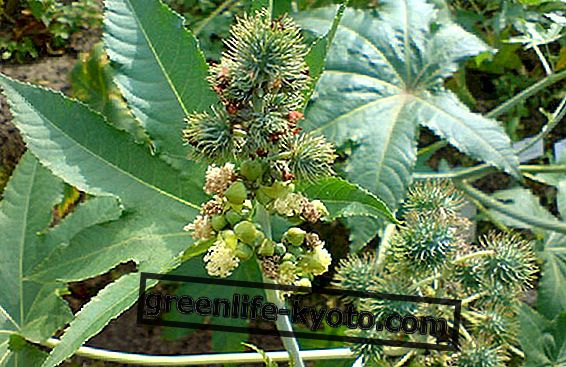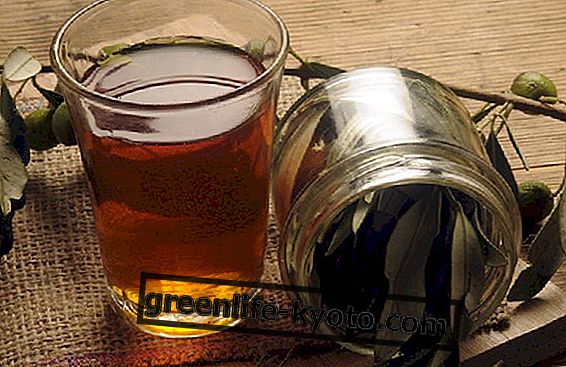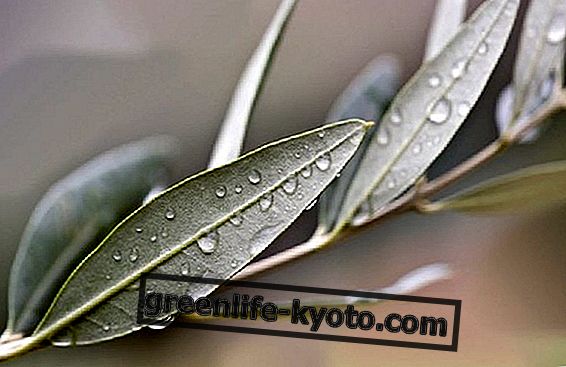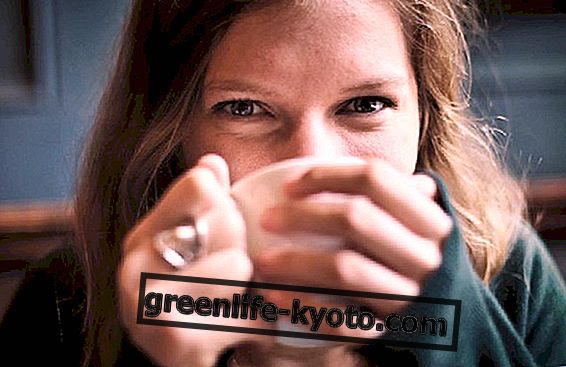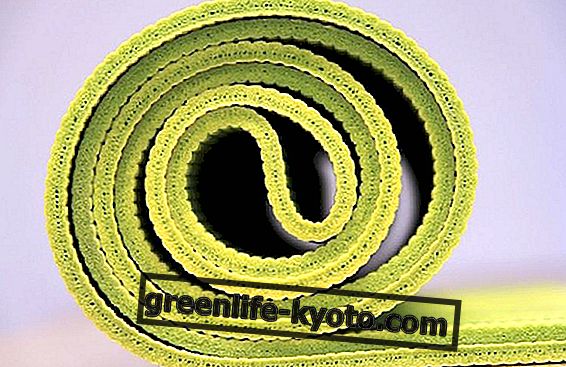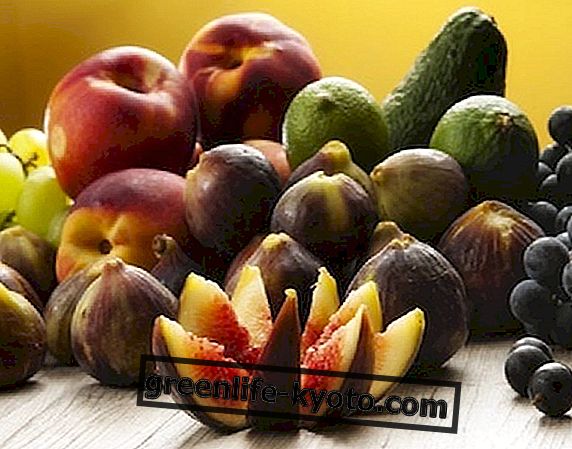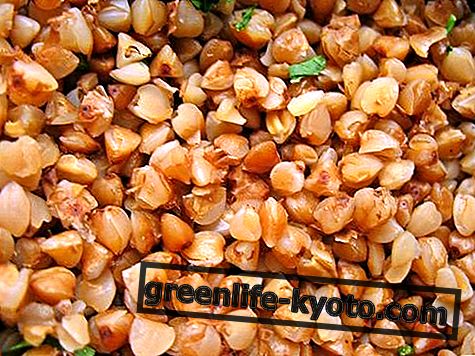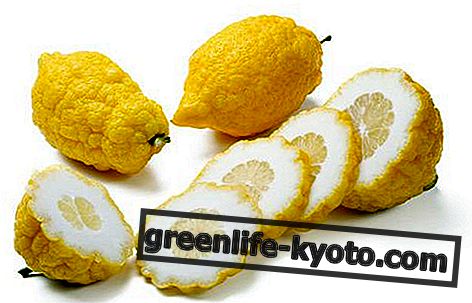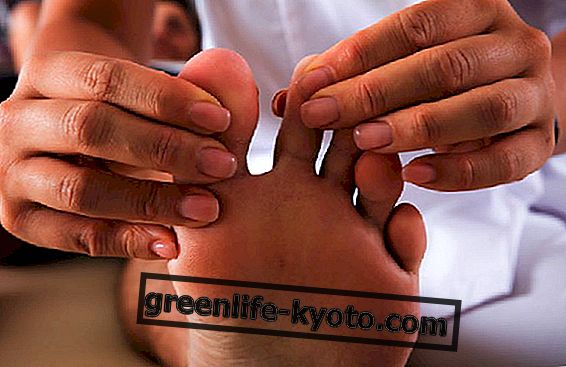
If done correctly, the massage of the head is equivalent to a full body massage. Because it calms the center of the nervous system, the point of concentration of the reflexology lines.
In the process of developing the fetus, the brain is the first organ that forms and at birth is bigger and heavier than any other organ.
Applying nourishing oils in the case of an ayurvedic fontanel massage helps to calm and strengthen the brain and nervous system. The oil is absorbed from the root of the hair in turn connected with the nerve fibers that lead directly to the brain. The oil removes the dryness that is responsible for the fragility of the hair, premature baldness and many disorders of the scalp.
The head massage can be done at any time except immediately after eating and in case of fever.
Benefits of head massage
- Increases the supply of oxygen and glucose to the brain
- It relaxes the nervous system and eliminates fatigue caused by stress and mental tension
- Improves the circulation of the lifeblood of cerebrospinal fluid
- Promotes the secretion of growth hormones and enzymes necessary for the growth and development of brain cells
- Increases the level of prana in the brain
- Cures dryness (if nourishing oils are used)
- Delays hair loss, baldness and the appearance of white hair.
The massage of the forehead and temples improves eyesight, the power of concentration and also creates a state of balance. The application of Sandalwood oil on the forehead calms the body and generates a pleasant sensation on the head.
In India it is common to put Sandalwood paste on the forehead before meditation. (Sandalwood (Santalum album): is a tree from India, traditionally belongs to the Mysore area.
It is a good sedative, it gives calm and sensuality; moreover it is indicated against cutaneous, fungal, bacterial infections. The eyebrow massage relaxes the whole body and is beneficial for the eyes.
Oils for head massage
Sesame oil
Dark yellow color, obtained by pressing the seeds. Sesame oil is nourishing, warming and protective (it helps to filter the sun's rays). Contains linoleic acid, one of the 24 very important enzymes for the brain. It is considered the best oil for head and hair massage.
Sweet Almond Oil
Pale yellow color, obtained from hazels, it is the most used oil for massages, relieves itching, inflammation of the skin and dryness of the scalp. It helps the memory, strengthens the hair.
Coconut oil
Made from the dried pulp of walnut, it contains numerous fatty acids with a powerful moisturizing and nourishing effect. It is solid as a wax at room temperature: hence the name "cocoa butter". It is used to make many cosmetic products for the face, for the hair, as after-sun. Suitable for head massage due to its refreshing and soothing qualities. Indian women use coconut oil to make their hair long and shiny.
These oils are often used in combinations for their benefits.
Neem oil
In traditional use, Neem oil is spread on the skin to remove even the tiger mosquitoes, which are even attracted by the common essential oils contained in the mosquito repellent compounds. It is commonly used also in the most remote Indian villages a bit like a "living pharmacy": in fact its traditional use ranges from the cosmetic, to the agricultural one to fight the parasites, to the contraceptive one and, in some cases, as true and own "natural antibiotic".
This fantastic tree, which we will certainly hear a lot about in the near future, uses its active ingredients and modulates them according to the needs dictated by the climate and by the parasites that would like to attack it.
We usually observe how some trees use artfully some chemical substances they produce to defend themselves from external attacks, and the action of the Neem tree in this sense is truly unsurpassable, since it can autonomously eradicate fungi, bacteria, viruses and all harmful insects.
Neem is widely used in remedies for wellness and beauty for many centuries. The first testimony of its use dates back to 4500 years ago, the Neem of India is affectionately called "the village pharmacy.
Obviously the Neem tree confirms the translation of its name in Sanskrit "sarva roga nivarini": the healer of all ailments. For Western medicine, the introduction of Neem occurs when German researchers discovered the effectiveness of many compounds in Neem and began to use it as a key ingredient in many products. This was the beginning of a worldwide interest in exploring the benefits of such an ancient plant.
With a wide application, the extracts of Neem are used in creams to fight infections, in the toothpaste for antiseptic properties, the result is the reduction of caries and the healing of gum disorders.
Neem in soaps with its anti-bacterial properties leaves the skin refreshed, in the shampoo as an anti-louse it controls dandruff and itching of the skin, when mixed with vegetable oils it helps keep the hair healthy and shiny. However, perhaps the most beneficial effects of the Neem are on the skin. Acne, psoriasis, eczema and ringworm in all its varieties, are skin conditions that are effectively treated by Neem-based preparations
It can therefore be used as an adjunct for:
- bacterial and viral infections, intestinal parasites, candida and fungal infections, gastroduodenal ulcer
- skin problems such as psoriasis, acne, eczema, herpes, hives, itching, dandruff
- diabetes and blood sugar imbalances, overweight
- disorders of the oral cavity, caries, pyorrhea
- fever, muscle pain, malaria.
Amla oil, a plant with antioxidant, anti-inflammatory and antimicrobial properties, is also very useful for the health of the hair and
also very suitable for Indian hair massage.
Essences suitable for head massage
Lavender (Lavandula angustifolia): it is the most ductile essential oil that exists. It is excellent healing, disinfectant, it also disinfects becoming useful for any kind of sunburn (even sun). It can be used on insect bites, or in any dermal manifestation with itching.
Sandalwood (Santalum album): is a tree from India, traditionally belongs to the Mysore area. It is a good sedative, it gives calm and sensuality; moreover it is indicated against cutaneous, fungal, bacterial infections.
Ylang Ylang (Cananga odorata): it is a sweet, oriental, sensual perfume. It has a euphoric and aphrodisiac effect, also giving a deep sensation of calm and release of emotions. It is used for headaches, states of anxiety, excess of anger.
Eucalyptus (Eucaliptus globulus): it is a fresh essence, excellent remedy for respiratory problems. It is also commonly used to purify air in rooms, and this oil also stimulates intellectual activity.
